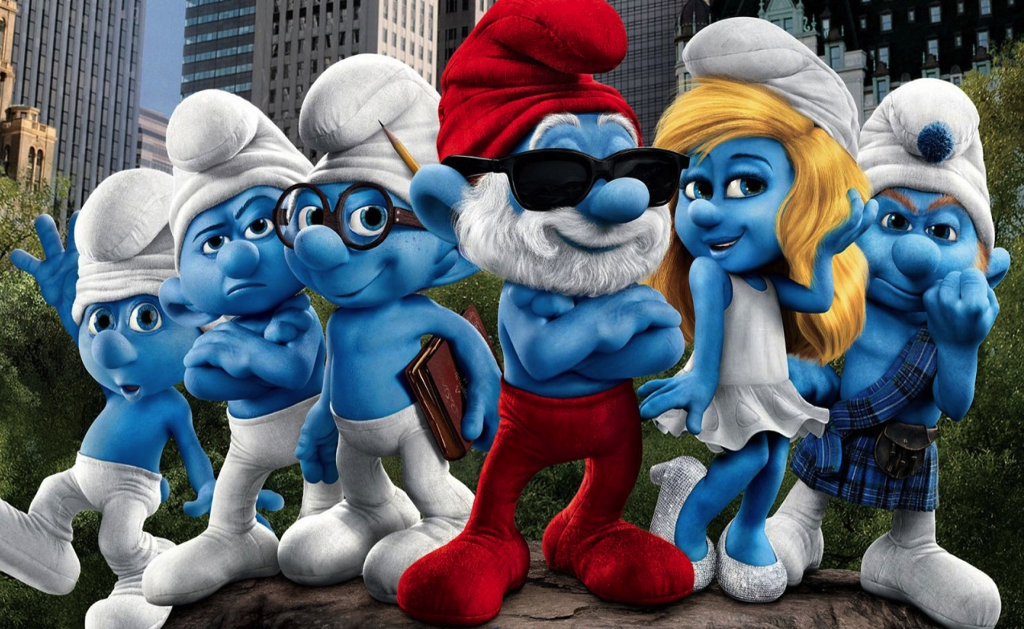True Canadian-American Hero Anita Sarkeesian delivers another whip-smart, nuanced, and necessary critique of sexism in the gaming industry, this time about a trope she calls the “Ms. Male Character.”
Sarkeesian identifies the Ms. Male character as “a female version of an already established or default male character. Ms. Male characters are defined primarily by their relationship to their male counterparts via their visual properties, their narrative connection or occasionally through promotional materials.”
Sarkeesian begins the video with gaming’s first Ms. Male character, the 33-year-old Ms. Pac-Man. Her designer, Toru Iwatani, describes her conception as follows: “When you think about things women like, you think about fashion, or fortune-telling, or food or dating boyfriends. So I decided to theme the game around eating — after eating dinner, women like to have dessert.”
Over time, the Ms. Male character has become a pernicious pattern in gaming that has codified rules of what female characters — and by extension, women — look and act like. According to Sarkeesian,
The most commonly used gendered signifiers or feminizing accessories are bows, lipstick, long eyelashes and the color pink, but there are a whole host of other design elements that, in combination, serve the same purpose. Other signifiers used to differentiate women from men are pigtails, high-heeled shoes, painted nails, pronounced makeup (especially blush and eyeshadow), midriff baring outfits, exaggerated breasts with exposed cleavage, and a heart motif in their design or powers….
Female characters are [also] reduced to a one-dimensional personality type consisting of nothing more than a collection of shallow stereotypes about women. [The Ms. Male character tends to be] vain, spoiled, bratty and quick to anger.
The Ms. Male character is also a constant, irksome presence in film and TV. Hence an alternative name for the trope, “the Smurfette principle,” which Sarkeesian summarizes as the “token chick” problem. She quotes Katha Politt in describing the overall socio-cultural problem the Ms. Male and Smurfette characters contribute to: “The message is clear. Boys are the norm, girls the variation; boys are central, girls peripheral; boys are individuals, girls types. Boys define the group, its story and its code of values. Girls exist only in relation to boys.”
Watch Sarkeesian’s video for in-depth analysis of female game characters — or, alternatively, for a shameful confession from one of Women and Hollywood’s comedy heroines: “Hi, I’m Lily Tomlin. I’m a Pac-Man freak. It’s alright, I can talk about it now. Of course, there was a time where I couldn’t”:
Previously: Anita Sarkeesian’s Tropes Vs Women: Damsel in Distress






